Invisible, tiny particles called ‘atmospheric aerosols’ from Asian Dust and wildfires have a significant impact on our lives. Specially-Appointed Associate Professor Teppei J. Yasunari of the Arctic Research Center analyzes atmospheric aerosols using a variety of research methods, from observation to numerical modeling, to study their impact on the climate and our health. He spoke about his research on the relationship between climate change and atmospheric aerosols, which has attracted a lot of attention in recent years.
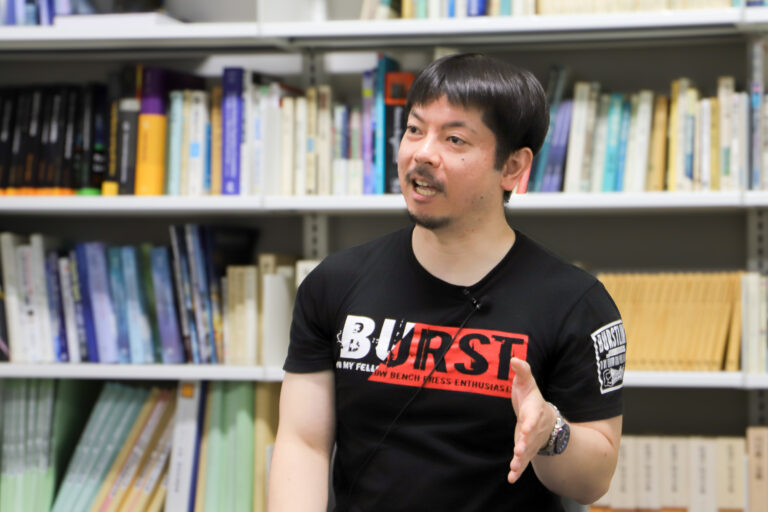
What are atmospheric aerosols?
I observe atmospheric aerosols, which are fine particles suspended in the atmosphere, and study their effects. Atmospheric aerosols are a general term for a variety of fine particles in the atmosphere, including Asian Dust that arrives in Japan in spring, sea salt from seawater that becomes airborne, sulfate aerosols (including precursor gases) from volcanic eruptions, black carbon and organic carbon mixed in with smoke from wildfires, as well as smoke emitted from factories due to human activity (i.e., anthropogenic aerosols).

Atmospheric aerosols affect us in two main ways. One is the effect on climate and the environment, for example by changing the temperature through the direct effect of atmospheric particles scattering and absorbing sunlight (also indirectly affecting cloud and rainfall characteristics), or by accelerating snow melting through the snow-darkening effect. Another is air pollution, where PM2.5 (particles smaller than 2.5 micrometers) consisting of atmospheric aerosols are inhaled into the body, causing health concerns.
I have introduced all kinds of methods to investigate PM2.5, including setting up equipment to actually observe PM2.5 in the air and using computers to visualize the flow of atmospheric aerosols across the globe through data analysis.
Preparing for transboundary air pollution
Our research has shown that areas north of Tohoku, including Hokkaido, have frequent transboundary air pollution caused by Siberian wildfires. It is of considerable concern that wildfires will likely become more and more frequent in the future due to ongoing global warming, making continuous observation of transboundary air pollution essential. Since joining Hokkaido University as a faculty member, I have been involved in installing, operating, and managing observation instruments to make the University a center for comprehensive air quality observation in northern Japan.
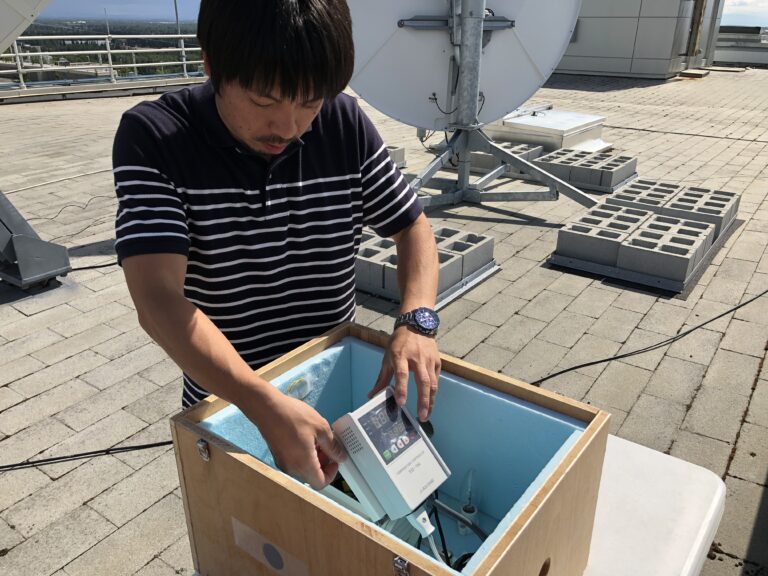
Large-scale observations of atmospheric aerosols are carried out at AERONET sites around the world, operated by the US National Aeronautics and Space Administration (NASA). In collaboration with NASA, I established one of these sites on the roof of the Faculty of Engineering at Hokkaido University in 2015 for joint operations. Of the 11 operational observation sites in Japan, the Hokkaido University site is the only AERONET site in Hokkaido. In 2017, in collaboration with the National Institute for Environmental Studies (Ministry of the Environment), we also installed and are involved in the operation of a ground-based lidar (JP link), at the Faculty of Engineering of Hokkaido University, which can obtain information on the vertical movement of atmospheric aerosols from the ground to the sky.
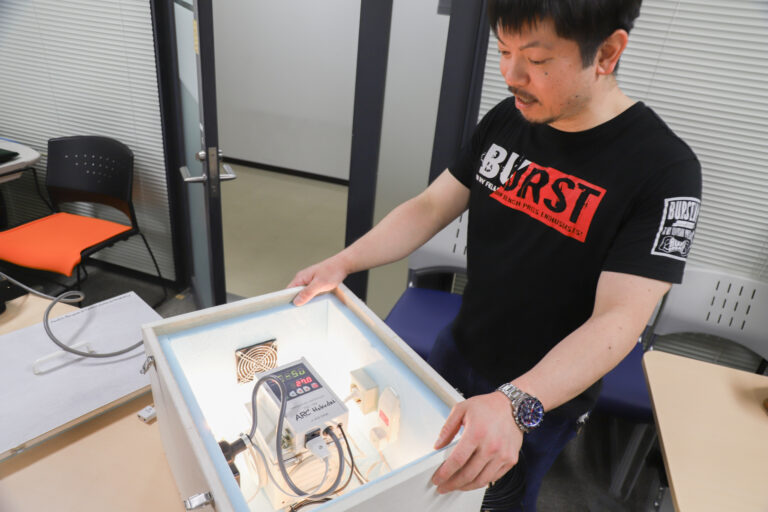
In 2022, a commercial version of the PM2.5 measurement system for cold regions developed by our research group was installed on the roof of the Arctic Research Center building to measure PM2.5 in addition to measuring black carbon, various atmospheric gases, etc. by other instruments (JP link). It is envisaged that in the future, external researchers will also be able to install observation equipment here through joint research initiatives.
The PM2.5 measurement system for cold regions is composed of an insulated box. There are two holes in the insulated box, and a waterproof fan inside turns to force air to flow through, drawing air from the outside to the PM2.5 sensor in the middle of the box for measurement. In Siberia and Alaska, it can get extremely cold outside in the winter, around -40°C or -50°C, and there is a worry that the measuring device will break down quickly in such extreme temperatures. So, we put 60W and 25W incandescent light-bulb heaters inside the insulated box on a circuit that a temperature controller can automatically control. Thus, the lights turn on and off to keep the inside of the instrument heated to temperatures above 0 °C. Generally, fixed PM2.5 measurement instruments are very expensive, costing several million yen, but the system we developed and built was inexpensive, costing less than about 150 thousand yen. This was made possible by combining commercially available sensors and other components. The simple device is also easy to repair if it breaks down.
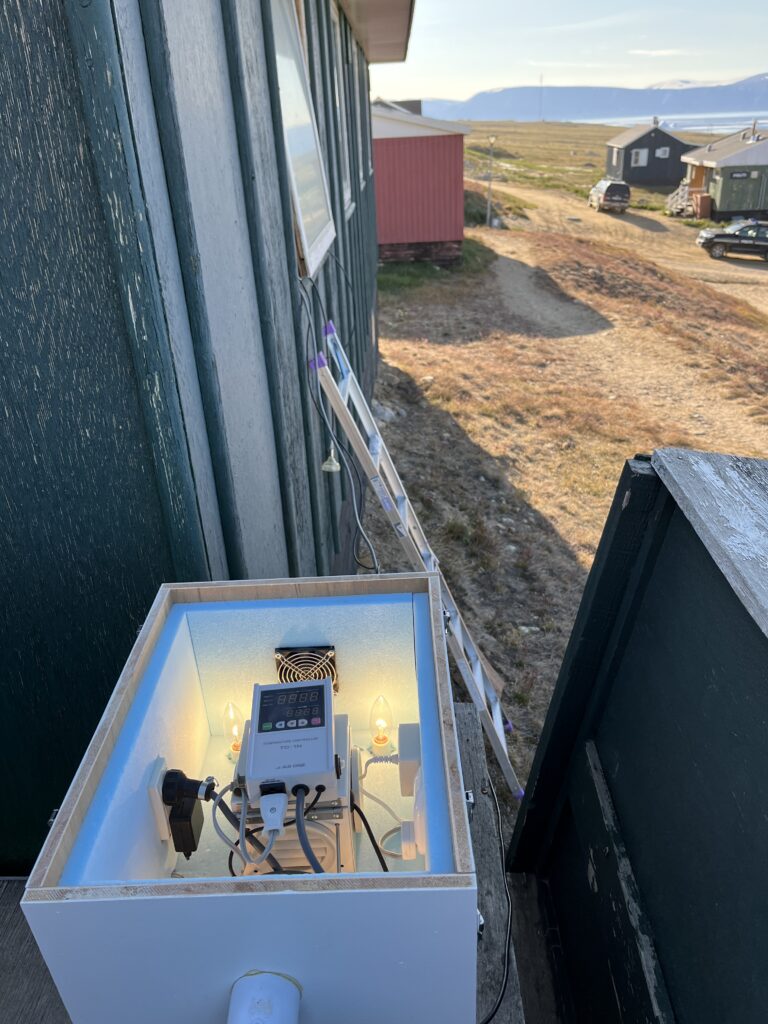
For recent PM2.5 observations, in the summers of 2022 and 2023, our PM2.5 measurement system was installed for a short period during the summer months in a village called Qaanaaq in north-western Greenland in the Arctic region in our study. Many observations of air quality have been carried out in mid-latitude regions where there are many people, but there are considerably fewer observations in high-latitude regions such as the Arctic. Qaanaaq has also long been the site of research on glaciers, oceans, etc., for example through Japan’s national Arctic Project, but there has been little research on air quality. Qaanaaq has about 600 inhabitants, and I decided to measure PM2.5 here because I wanted to provide information on the atmospheric environment for the Arctic people living there from the perspective of the SDGs Universal Values, Principle Two: “Leave No One Behind.”
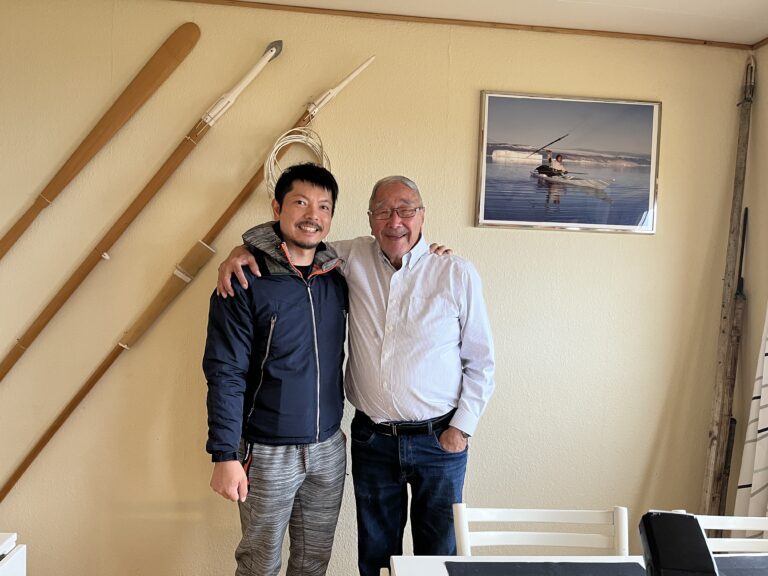
At the beginning of the observation, we wanted to assess the impact of transboundary air pollution from large-scale wildfires in Canada. However, the village incineration facility happened to be out of operation during the observation period in 2022, so they were burning wastes outside, and we were able to capture very significant PM2.5 increases from the open waste burning (Yasunari et al., 2024). As we only measured PM2.5 for a short period during that visit, I visited Qaanaaq in the summer of 2023 to make observations (I myself could not get to Qaanaaq in the summer of 2022 due to a succession of flight cancellations). We wanted to provide Qaanaaq residents with PM2.5 observation data for a long period, but our PM2.5 measurement equipment still requires on-site maintenance in case of technical difficulties. At the moment, we have instead installed another low-cost PM2.5 sensor called PurpleAir, made in the USA, and are now making the observation data available for anyone to access, including the people of Qaanaaq. We hope to provide stable observation data with an improved version of our equipment in the future.
Global impact of wildfires
We also study the movement of atmospheric aerosols across the globe and their effects. In our latest research, we performed global numerical simulations by a climate model developed in Japan to assess how increased air pollution would impact on climate and health if wildfires in Siberia were to increase, and to estimate changes in mortality due to the results of air pollution. The study also provides the first clear picture of the possible economic impact of these changes. (Yasunari et al., 2024)
Looking at the fire-related data from 2003 to 2010 for wildfires in Siberia, we found that 2003 was particularly active, while 2004 had fewer fires. Therefore, we modeled three cases of air aerosol emissions: 2004 as a reference year, 2003 as an active year, and, under the assumption of more large-scale wildfires in the future, a year if wildfire-related aerosols were emitted twice the scale of 2003 fires. The climate, health, and PM2.5 data in these simulated emissions were used to analyze health- and economic activity impacts.
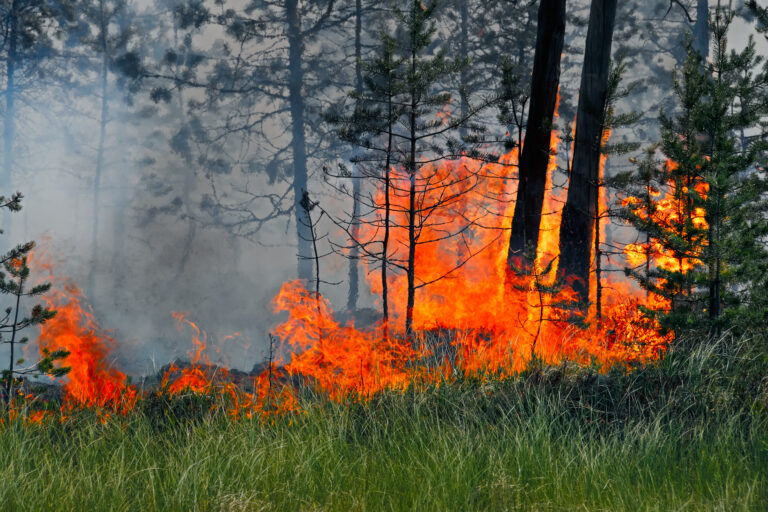
As α result, assuming atmospheric aerosol emissions from wildfires have doubled, the aerosols could scatter the sun’s light and create a cooling effect under current climate conditions, resulting in lower temperatures in the fire source and downwind regions. Under the future warming conditions in the numerical experiments, the global warming effect of greenhouse gases was dominant, but the amount of atmospheric aerosols from wildfires could also have been increased. Therefore, the warming in and around the fire source region was likely reduced.
On the other hand, from the perspective of air quality, under the assumed doubling of the 2003 fire-related emissions, a relative decline compared to the base year of 2004 in the achievement of the PM2.5 environmental standard for short-term exposure (15 µg m-3 on average over 24 hours) set by the World Health Organisation (WHO) in areas around the fires and downwind areas including China and Japan. Comparing the cases between 2004 and 2003, the increase in PM2.5 from the Siberian wildfires in China and Japan in the downwind areas alone is expected to increase the number of deaths by tens of thousands per year, with a corresponding increase in economic losses. The corresponding economic losses were estimated to be in the order of tens of billions of US dollars.
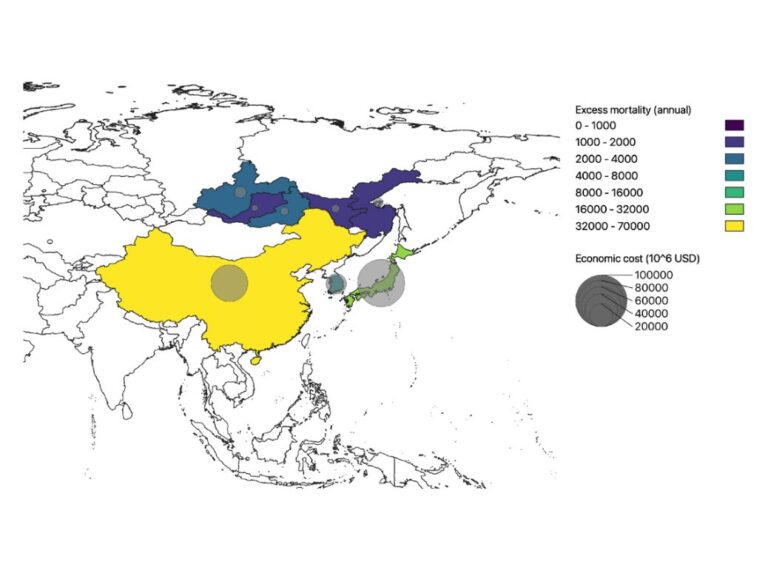
This is the first comprehensive study in the world to assess the sequence of events from the increased air pollution caused by wildfires in the Siberian region to the economic impact. It took a long time, but I think it was significantly worth studying that we were able to produce results in a cross-disciplinary research project that spans various fields, including atmospheric science, meteorology, climate, environment, and economics.
As global warming progresses, we believe the term ‘wildfire’ will become increasingly familiar. Siberia may seem to be a far distant place to many people in Japan, but it is not that far from Japan. I want to convey through this research that the impacts of wildfires are not someone else’s problem, even in Japan. I hope that our research will trigger people’s interest in climate change and the effects of wildfires that come with it.
Fascinated by the hundreds of thousands of years old earth trapped in ice
The event that got me into this career in research occurred when I was a high school student. I had an opportunity to visit the Faculty of Engineering at Hokkaido University, where I was shown a cylindrical ice sample, called an ice core, drilled from Antarctica. The professor explained that the Earth’s environment from hundreds of thousands of years ago was preserved in this ice core, which impressed me so much. Until then, I wanted to be an architect, but that opportunity interested me and pushed me toward being a scientist.
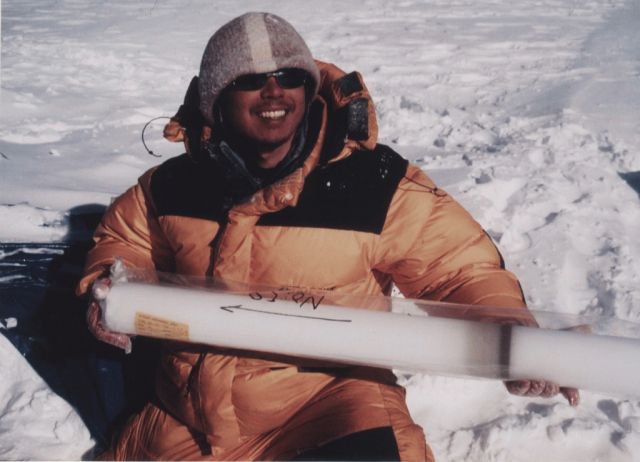
I came to Hokkaido University as a graduate student and joined the ice core research group at the Institute of Low Temperature Science. I wanted to do research related to the atmosphere, making use of the meteorology I had learned at university. Then, I decided to study desert sand (dust)—such as Asian Dust—contained in ice cores, and from there, I started working on atmospheric aerosol research.
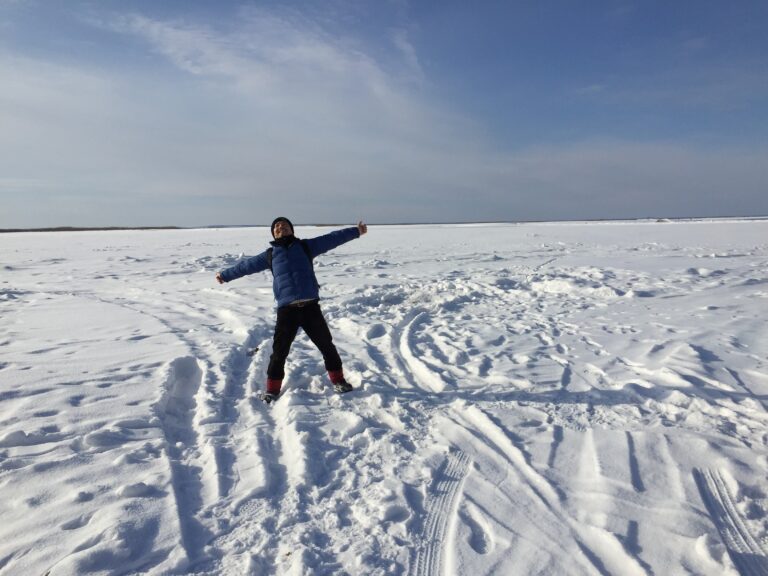
It is said that with global warming, there will be an increase in extreme events, such as extreme temperature changes, rainfall and large-scale wildfires. Extreme events are also more likely to cause disasters. If you live close to an area where a wildfire has occurred, this can lead to human suffering (disaster), and if you live downwind of the fire, you are more likely to be exposed to high concentrations of air pollution. Research into how wildfires occur and how they can be accurately predicted can be used to help prevent disasters and health hazards. We are continuing our research with the hope that when extreme events occur, we can minimize the damage as much as possible.
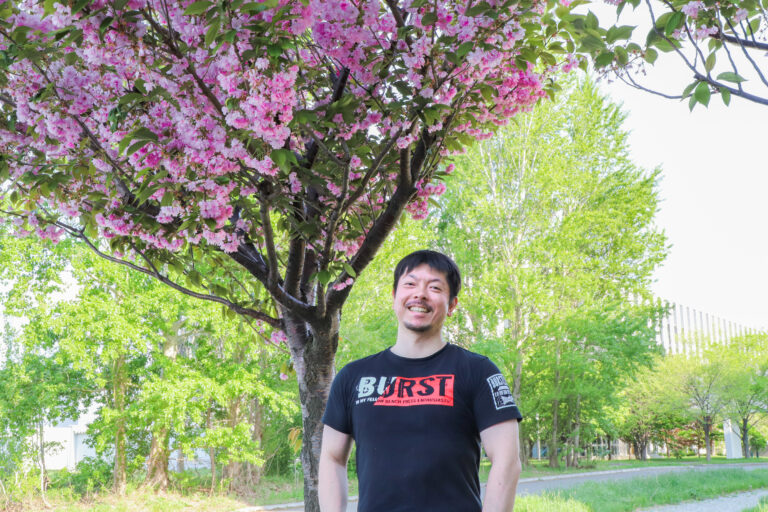
My ‘dual-wielding’ approach to research and athletics
In 2017, I had the opportunity to go to Yakutsk, Russia, for research, and a researcher I went with enjoyed strength training and invited me to start strength training together. Later, we started going to the training center at Hokkaido University together, and I have been doing strength training for seven and a half years since then. In the process, I wanted to have a goal, so last spring, I joined a powerlifting gym in Sapporo as an athlete (a powerlifter), and I usually train at a 24/7 gym about four times a week, early in the morning. When I give my all to my training, I can concentrate on my research afterward, which has a synergistic effect. After registering as an athlete, I competed in a national competition (Japan Grand Prix) for the first time last year as a 74-kg class powerlifter. In November this year, I also competed in the Japan Grand Prix for the second time (held simultaneously with the All-Japan Teachers’ and Staff Powerlifting Championships). My target in the future is to be a top-ranked powerlifter in Japan in my 40s and to compete in the world championships in my 50s.
I asked many people how to improve my powerlifting, and they all told me the same thing. ‘Keep doing it for a long time,’ they say, is the secret to getting stronger. I think this also applies to research. I would like to eventually link my main job as a scientist with strength training and workout-related research work. I will continue working hard as a “muscle-training researcher,” doing research and strength-training.

Written by Yuka Saito
Published on January 31th, 2025
※1 Yasunari et al., 2018, Scientific Reports, doi: 10.1038/s41598-018-24335-w
※2 Yasunari et al., 2024, Atmospheric Science Letters, doi:10.1002/asl.1231
※3 Yasunari et al., 2024, Earth’s Future, doi: 10.1029/2023EF004129
※4 Yasunari et al., 2024, Earth’s Future, doi: 10.1029/2023EF004129


